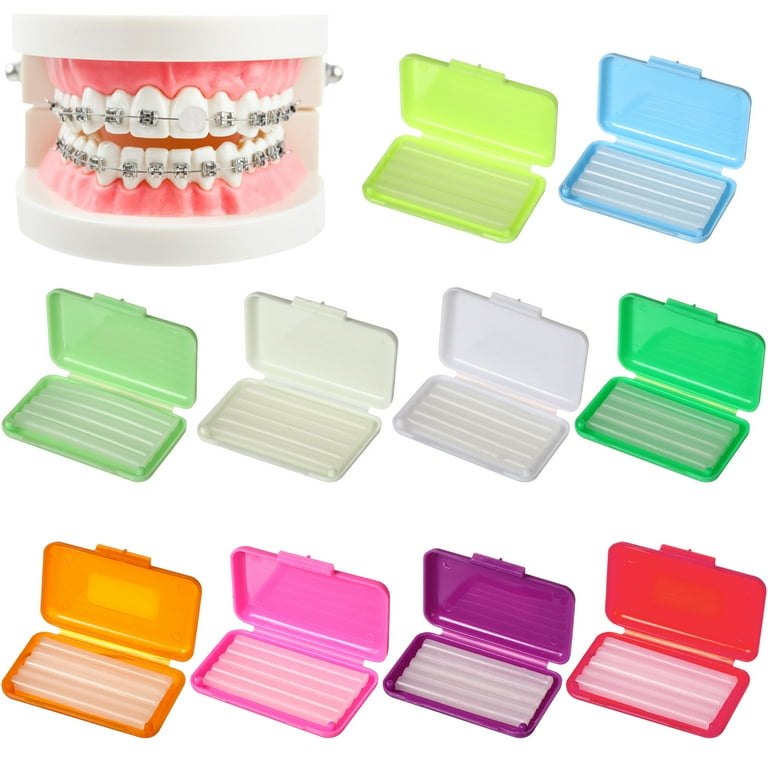Your Overview to Cumming Invisalign: Straightening Teeth with Style and Convenience
Your Overview to Cumming Invisalign: Straightening Teeth with Style and Convenience
Blog Article
Comprehensive Guide to Orthodontics Procedures for Dealing With Dental Misalignments
Recognizing the intricacies of each procedure, including their mechanisms, benefits, and potential downsides, is critical in making educated choices about one's orthodontic treatment. As we navigate through the thorough guide to orthodontic treatments for remedying dental misalignments, the detailed details of each technique will certainly unravel, losing light on the path towards a practical and unified dental placement.
Orthodontic Procedures Summary

Along with conventional dental braces and clear aligners, orthodontists may additionally advise various other interventions like headgear, palatal expanders, or retainers to resolve certain positioning concerns (invisalign). These procedures are tailored to every person's one-of-a-kind demands and might involve a combination of treatments to achieve the wanted results. Routine modifications and tracking are essential parts of orthodontic treatment to make sure progression is on track and to make any kind of required adjustments along the road. By undertaking orthodontic procedures, patients can not just achieve a straighter smile yet likewise improve their total dental health and wellness and function.
Conventional Dental Braces: How They Work
When thinking about orthodontic therapies for oral misalignments, conventional braces stand out as a tried and true method for fixing teeth placing. Standard dental braces consist of braces, wires, and bands that function with each other to apply constant stress on the teeth, gradually relocating them into the desired alignment.
As stress is used to the teeth through the dental braces, the bone surrounding the teeth is improved to support the brand-new tooth placements. Individuals will certainly need routine changes at the orthodontist's office to guarantee the braces proceed to apply the appropriate pressure for effective teeth activity.
Undetectable Aligners: Disadvantages and pros
Unseen aligners use a discreet and hassle-free choice to traditional dental braces for remedying oral imbalances. These clear, customized trays are basically unnoticeable when used, making them an attractive option for individuals seeking an extra cosmetically pleasing orthodontic treatment. Among the primary benefits of undetectable aligners is their removability, permitting simpler upkeep of dental health contrasted to typical dental braces. Patients can eliminate the aligners prior to eating or brushing their teeth, minimizing the risk of food getting stuck in the device and simplifying the cleansing process.

Surgical Orthodontic Options
Surgical treatments in orthodontics present viable alternatives for resolving complicated dental misalignments that may not be successfully solved through conventional orthodontic therapies. While unseen aligners and traditional braces can correct several orthodontic concerns, certain instances call for medical intervention to achieve ideal results. Surgical orthodontic options are generally recommended for extreme malocclusions, considerable jaw inconsistencies, and instances where the underlying bone structure requires alteration to achieve correct positioning.
One common medical orthodontic procedure is orthognathic surgery, which entails repositioning the jaws to correct practical problems such as difficulty speaking or eating. general dentists This surgical treatment is commonly performed in partnership with an orthodontist that aids line up the teeth before and after the procedure. Surgical orthodontics might additionally include treatments to subject impacted teeth, remove excess periodontal cells, or improve the jawbone to create a much more harmonious facial profile.
Prior to thinking about medical orthodontic options, clients undergo an extensive evaluation to identify the necessity and possible advantages of such treatments. cumming aligners. While surgical treatment might seem overwhelming, it can substantially boost both the feature and aesthetics of the smile in situations where traditional orthodontic treatments fail
Retainers and Post-Treatment Care

Failing to conform with post-treatment care directions can result in relapse, where the teeth gradually move back towards their original settings. Consistent retainer wear, excellent dental hygiene, and routine dental check-ups are vital for maintaining the results attained with orthodontic surgical treatment and ensuring the lasting stability of the remedied dental positioning.
Verdict
In conclusion, orthodontic procedures provide various options for fixing oral imbalances. Traditional braces make use of metal brackets and cables to move teeth right into appropriate alignment. Unseen aligners provide a more very discreet alternative yet may not be appropriate for all cases. Surgical orthodontic alternatives are offered for a lot more severe imbalances. Retainers are typically used post-treatment to preserve the new positioning. In general, orthodontic procedures can properly boost dental wellness and visual look.
As we browse via the extensive guide to orthodontic treatments for remedying dental misalignments, the intricate details of each method will unravel, losing light on the path towards a functional and harmonious oral positioning. - orthodontist
One of the most useful source usual orthodontic therapies is the usage of braces, which consist of steel braces and wires that apply mild pressure to gradually shift teeth into the desired setting.When thinking about orthodontic treatments for oral imbalances, standard dental braces stand out as a time-tested method for dealing with teeth placing. Furthermore, undetectable aligners may not be appropriate for intricate orthodontic problems that require more significant teeth movement, as they are typically recommended for moderate to moderate situations. Retainers are customized orthodontic tools developed to hold teeth in their corrected positions after the conclusion of orthodontic treatment.
Report this page